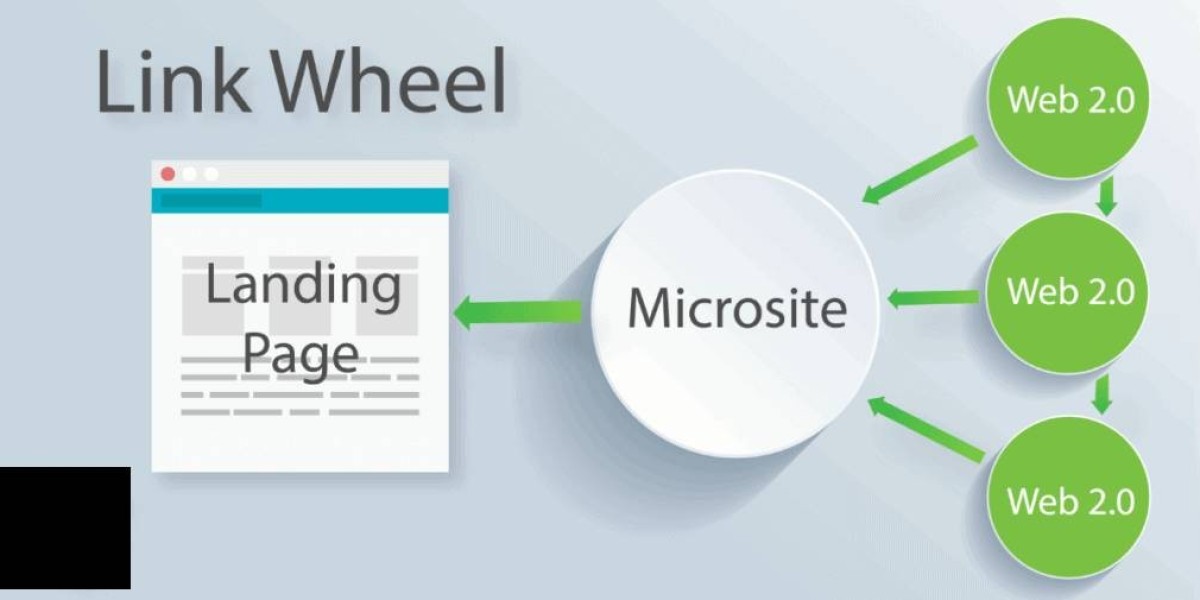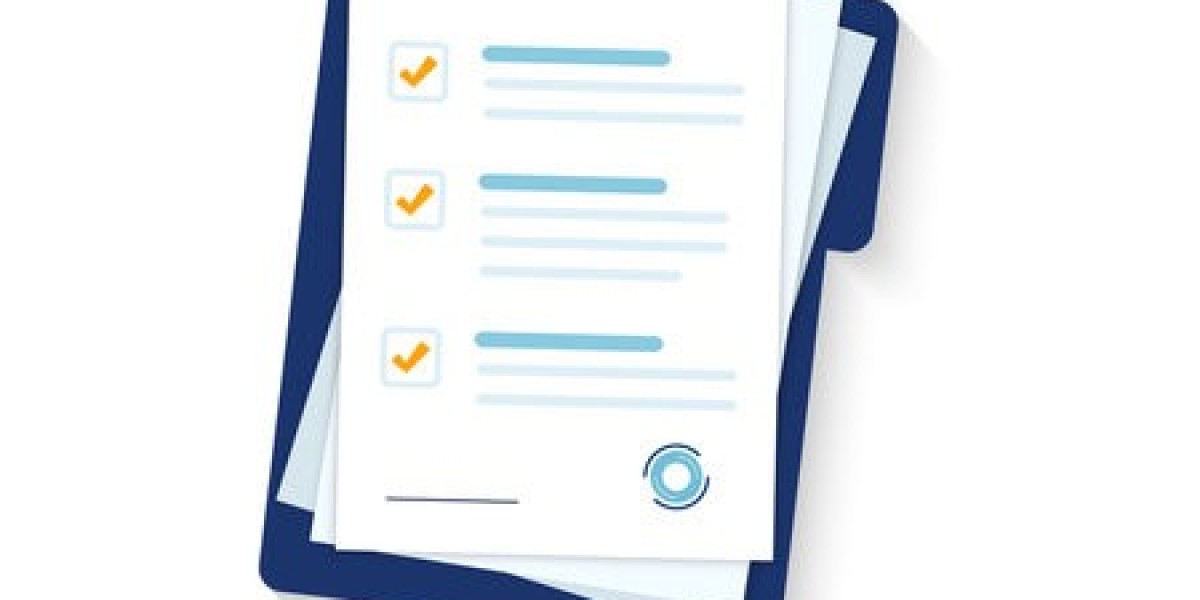Botox, a household name in the cosmetic and medical industries, has revolutionized the way we approach anti-aging and various medical treatments. Derived from Clostridium botulinum, Botox (botulinum toxin type A) is a neurotoxin that temporarily paralyzes muscles, making it an effective solution for reducing wrinkles and treating a range of medical conditions. Despite its widespread use, many people still have questions about how Botox works, its benefits, and its safety. This article explores everything you need to know about Botox, from its aesthetic applications to its therapeutic uses.
What Is Botox and How Does It Work?
Botox is a purified form of botulinum toxin that works by blocking Botox nerve signals to the muscles. When injected, it prevents muscle contractions, leading to a temporary smoothing effect on wrinkles and fine lines. This ability to relax muscles has also made Botox a powerful tool in treating various medical conditions, including chronic migraines, muscle disorders, and excessive sweating.
The effects of Botox typically last between three to six months, after which the muscles gradually regain their activity. Regular treatments can help maintain the desired results and even lead to longer-lasting effects over time.
Cosmetic Applications of Botox
Botox is widely known for its ability to reduce the appearance of wrinkles and fine lines. Some of the most common aesthetic uses include:
Forehead Lines – Botox smooths horizontal forehead wrinkles caused by repeated facial expressions.
Frown Lines (Glabellar Lines) – Also known as “11 lines,” these wrinkles between the eyebrows are softened with Botox.
Crow’s Feet – Fine lines around the eyes caused by smiling and squinting are effectively treated with Botox.
Bunny Lines – Small wrinkles that appear on the nose when smiling can be minimized with Botox injections.
Lip Flip – Botox can be used to subtly enhance the upper lip by relaxing the muscles around the mouth, creating a fuller appearance.
Jawline Slimming – Injections into the masseter muscle can help contour the face and relieve jaw tension caused by teeth grinding (bruxism).
Neck Bands – Botox helps smooth vertical neck lines, creating a more youthful appearance.
Medical Applications of Botox
Beyond its cosmetic benefits, Botox has been approved for several medical conditions, making it a versatile treatment option. Some of its therapeutic applications include:
Chronic Migraines – Botox injections in specific areas of the head and neck can help reduce the frequency and severity of migraines.
Hyperhidrosis (Excessive Sweating) – By blocking nerve signals to sweat glands, Botox effectively treats excessive sweating in the underarms, palms, feet, and face.
TMJ Disorder and Bruxism – Botox relieves jaw tension and pain associated with temporomandibular joint (TMJ) dysfunction and teeth grinding.
Strabismus (Crossed Eyes) – Botox has been used for decades to treat misaligned eyes by relaxing overactive eye muscles.
Blepharospasm (Eyelid Twitching) – Uncontrollable blinking and twitching of the eyelids can be managed with Botox injections.
Overactive Bladder – Botox helps control involuntary bladder contractions, reducing urinary urgency and incontinence.
Spasticity and Muscle Disorders – Conditions like cerebral palsy, multiple sclerosis, and post-stroke spasticity benefit from Botox’s muscle-relaxing properties.
Benefits of Botox
Botox offers a range of benefits that make it a popular choice for both cosmetic and medical treatments:
Minimally Invasive – Botox injections require no surgery, making them a quick and effective option.
Little to No Downtime – Most people resume normal activities immediately after treatment.
Natural-Looking Results – When administered by a skilled professional, Botox enhances appearance without making the face look frozen.
Long-Lasting Effects – Although temporary, the effects can last several months, and consistent treatments can prolong results.
Versatility – Botox is effective for both aesthetic enhancements and medical conditions.
What to Expect During a Botox Treatment
A Botox session is relatively quick, typically lasting 10 to 30 minutes. The process involves:
Consultation – A medical professional assesses your needs and discusses treatment goals.
Preparation – The targeted area is cleansed, and a numbing agent may be applied if needed.
Injection – A fine needle is used to inject Botox into the specific muscles.
Post-Treatment Care – Patients are advised to avoid rubbing the treated area, lying down, or engaging in strenuous exercise for a few hours.
Results begin to appear within 3 to 5 days, with full effects visible after two weeks.
Risks and Side Effects
While Botox is generally safe when administered by a qualified professional, it does come with potential side effects, including:
Mild bruising or swelling at the injection site.
Temporary headache or flu-like symptoms.
Slight drooping of the eyelid or eyebrow if the toxin spreads beyond the intended area.
Rare but serious complications, such as difficulty swallowing or breathing, if administered incorrectly.
To minimize risks, it is essential to seek treatment from a licensed and experienced injector.
Myths and Misconceptions About Botox
Despite its popularity, several myths about Botox persist. Let’s debunk some common misconceptions:
“Botox makes your face look frozen.” – When administered correctly, Botox allows for natural facial expressions.
“Botox is only for older people.” – Many younger individuals use Botox as a preventive measure to delay wrinkle formation.
“Botox is permanent.” – The effects wear off after a few months, requiring maintenance treatments.
“Botox is toxic and unsafe.” – Botox is FDA-approved and has a strong safety record when used properly.
The Future of Botox
As research advances, Botox is being explored for even more applications, including:
Depression Treatment – Studies suggest that Botox injections in certain facial muscles may help improve mood.
Pain Management – New research is investigating Botox for treating conditions like fibromyalgia and arthritis.
Skin Rejuvenation – Botox is being combined with other treatments to enhance skin quality beyond wrinkle reduction.
Conclusion
Botox has established itself as a powerful tool in both aesthetic and medical Botox fields, offering a safe and effective solution for wrinkle reduction, pain management, and various health conditions. With minimal downtime, natural-looking results, and expanding applications, Botox continues to be a leading choice for those seeking non-surgical rejuvenation and therapeutic relief. If you’re considering Botox, consulting a qualified professional is the best way to ensure a safe and satisfying experience.









